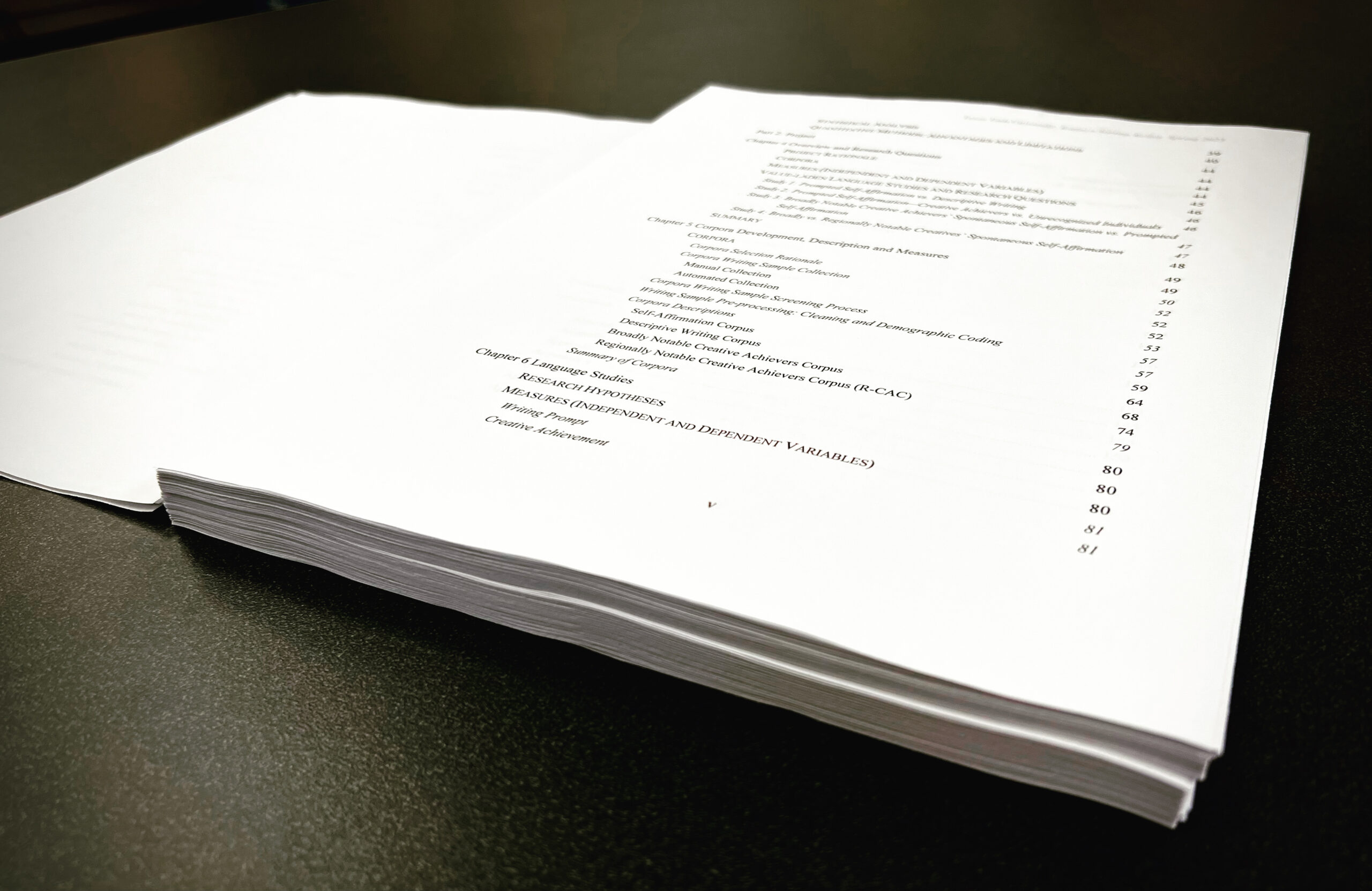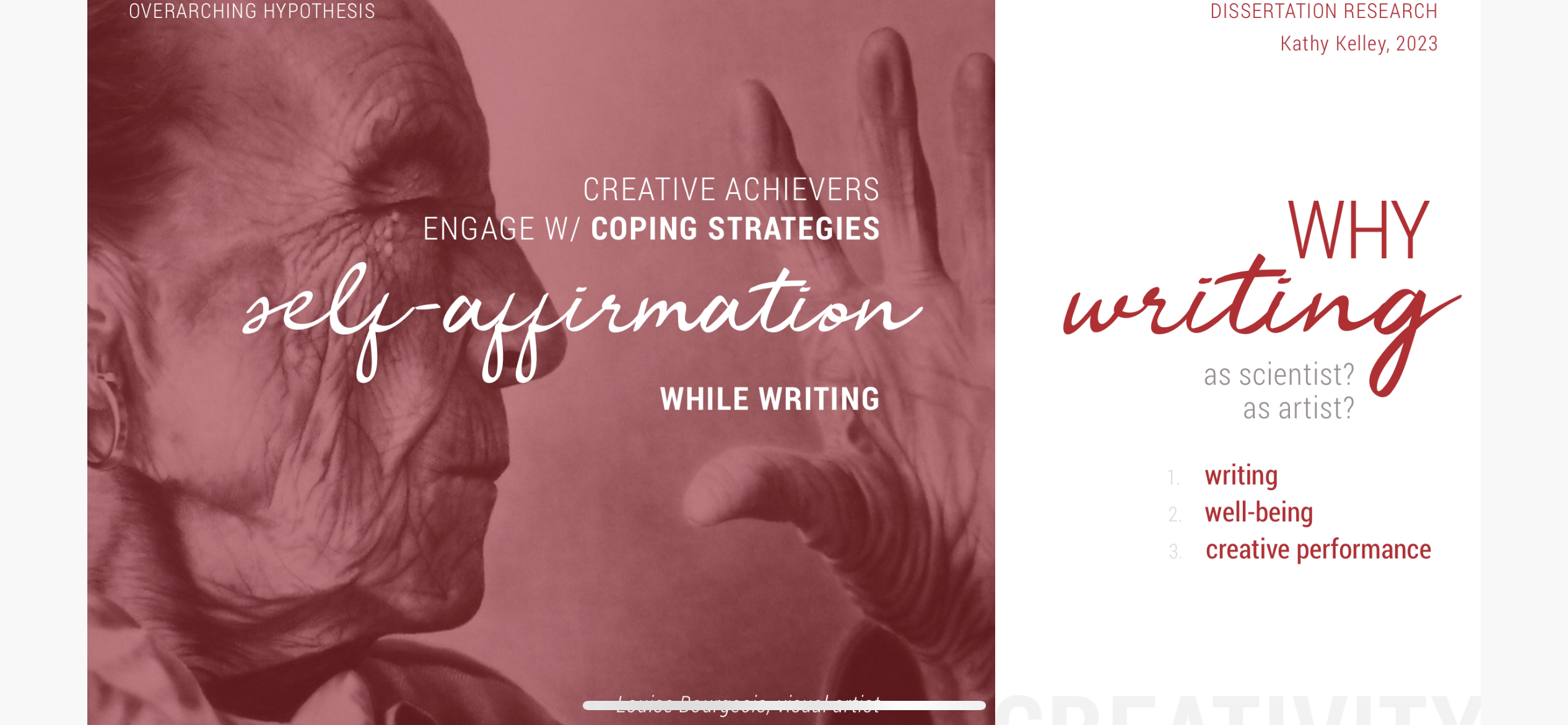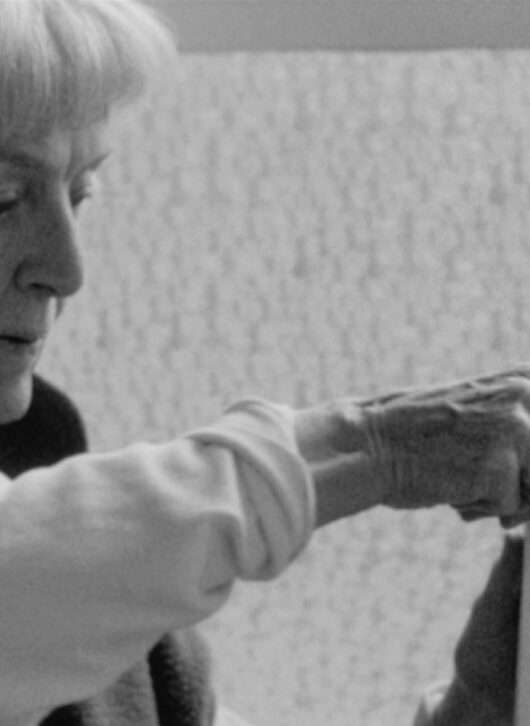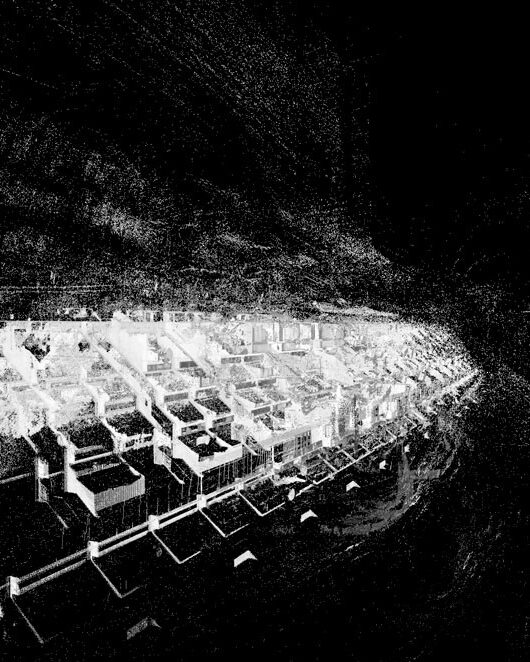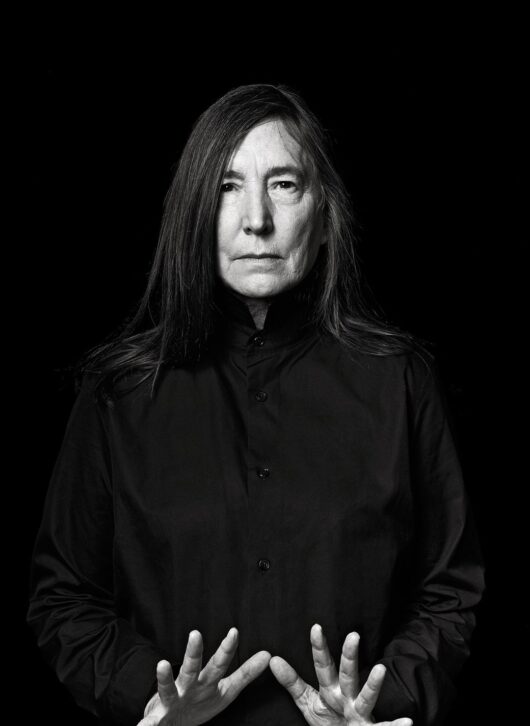Research interests
 Creativity—the capacity to make novel and meaningful contributions that influence a field—is commonly attributed to people rising to prominence in the sciences and arts. Creativity is generally considered advantageously adaptive for a society. Amongst noteworthy creative achievers such as scientists, philosophers, explorers, and artists, one common and persistent behavioral activity involves writing. In the sciences as with philosophy, writing is a vocational expectation. Within the artworld, stakeholders have historically resisted the visual artist as writer—construing artist through a binary lens of material maker, not thinker. Yet, like da Vinci, Gauguin, O’Keeffe, and Weiwei, artists tend to engage with ideas via a prolific critical and expressive writing practices, often beginning in childhood. The propensity of noteworthy creatives to gravitate toward writing—across time, vocational expectations, and cultural and individual differences—suggests that writing is serving some need or function common to these creative individuals.
Creativity—the capacity to make novel and meaningful contributions that influence a field—is commonly attributed to people rising to prominence in the sciences and arts. Creativity is generally considered advantageously adaptive for a society. Amongst noteworthy creative achievers such as scientists, philosophers, explorers, and artists, one common and persistent behavioral activity involves writing. In the sciences as with philosophy, writing is a vocational expectation. Within the artworld, stakeholders have historically resisted the visual artist as writer—construing artist through a binary lens of material maker, not thinker. Yet, like da Vinci, Gauguin, O’Keeffe, and Weiwei, artists tend to engage with ideas via a prolific critical and expressive writing practices, often beginning in childhood. The propensity of noteworthy creatives to gravitate toward writing—across time, vocational expectations, and cultural and individual differences—suggests that writing is serving some need or function common to these creative individuals.
From a psychological perspective this raises all sorts of questions.
- Why do artists write?
- Why do artists write beyond and even against vocational expectations?
- If visual artists across cultural and individual differences appear compelled to write, why? What intrapersonal needs does writing serve?
- Is there an interaction between artists’ writing activities and creative cognition?
- Do their writing activities enhance ideation, persistence, and achievements?
- Does the artist’s writing practice buffer psychological impact of personal risks associated with creativity—deviating from cultural or artistic norms?
- Does artists’ writing practices buffer common psychological inconveniences—depression, bipolar disorders, schizotype, ADHD—common amongst the highly creative?
- Why are emerging artists’ (students) artwork more sophisticated, novel and well-crafted when prompted with writing activities?
- How might the writing strategies of eminent artists be identified and used to equip emerging artists or other creatives?
These questions arose from my experiences working as a visual artist, interacting with my cohort of Houston’s artists, teaching emerging artists as a Visiting Professor at SHSU developing the WASH program, and studying the history of eminent visual artists. Here at Texas Tech I have been supported in exploring some of these questions across academic domains—the visual arts and social psychology (Language Use and Social Interaction Lab).
I also worked in TCVPA’s PeARL (David Sears and Peter Marten), Social Psychology’s Language Use and Social (Molly Ireland) and with artists and art scholars (Carol Fleutiger, Rina Little, Andres Peralta). A primary method for exploring my questions was through computational text analysis of artists and scientists writings with the software Linguistic Inquiry and Word Count (LIWC 2021) and statistical means (R environment). A positive side effect of my queries was the acquisition of an interdisciplinary PhD in Fine Arts: Critical Studies and Artistic Practice in 2023.
0
